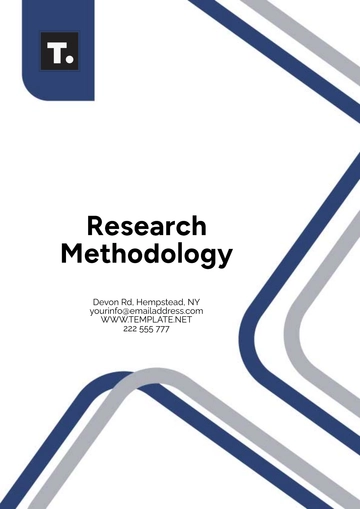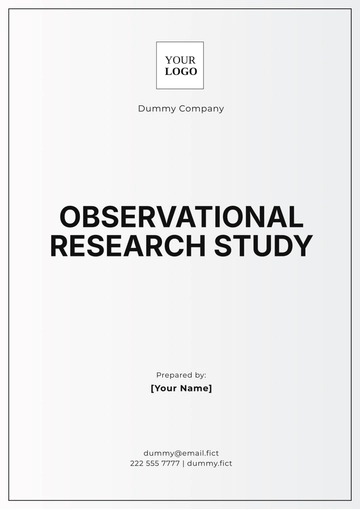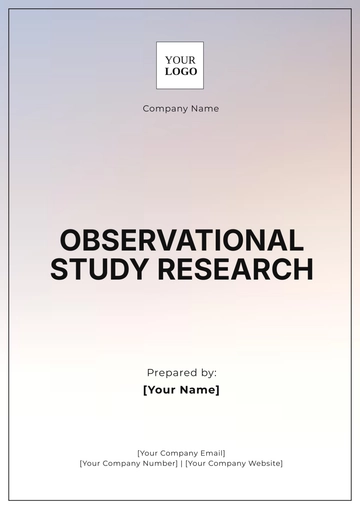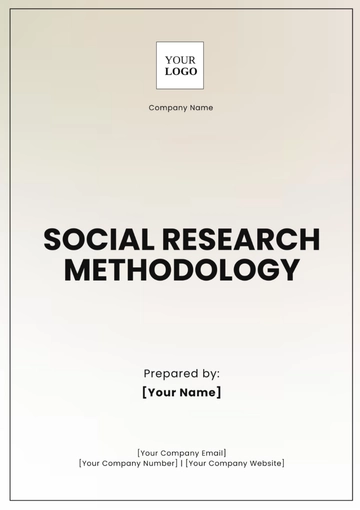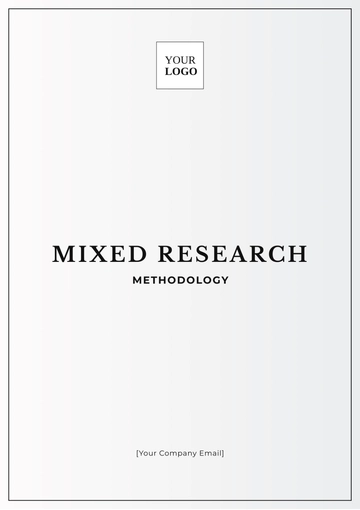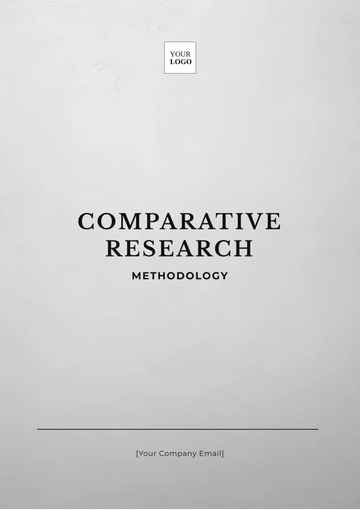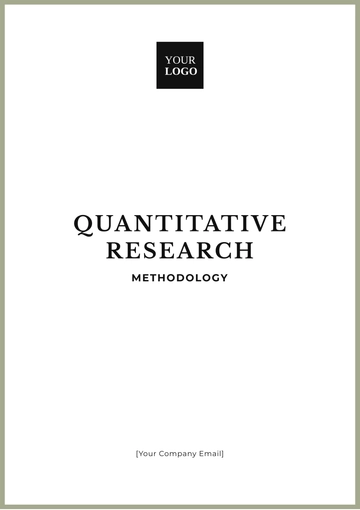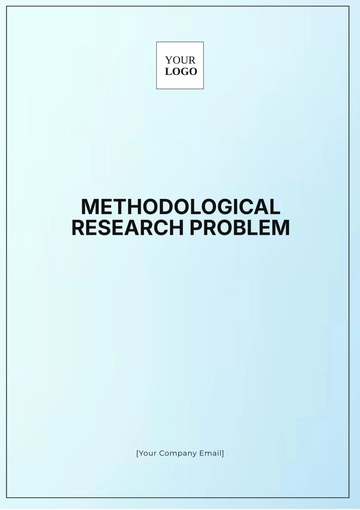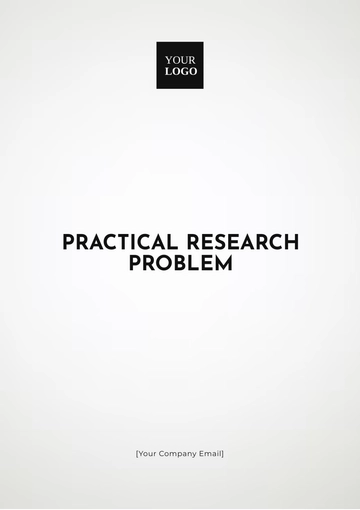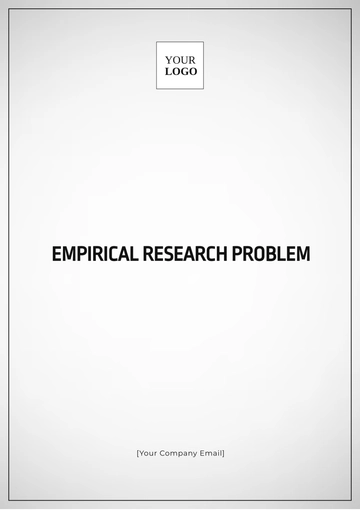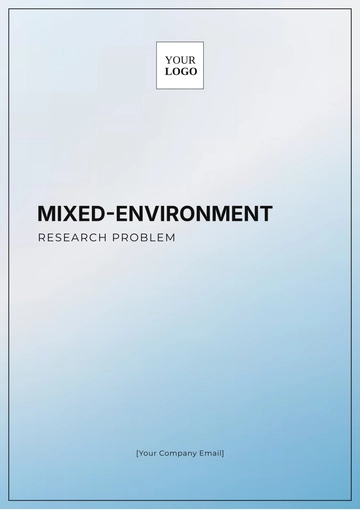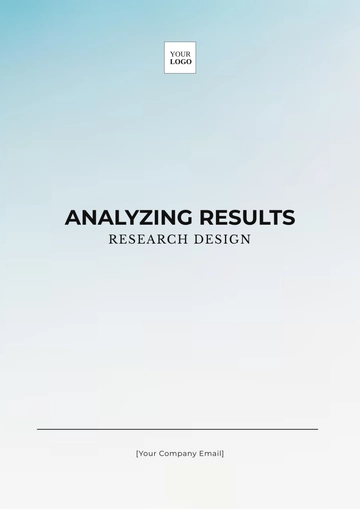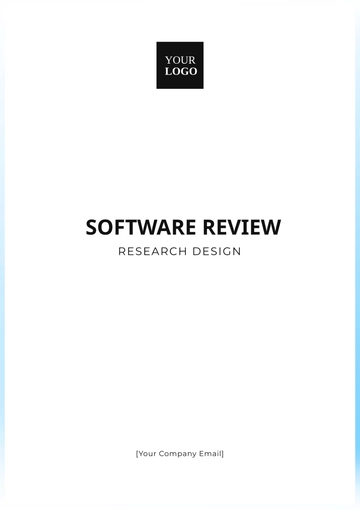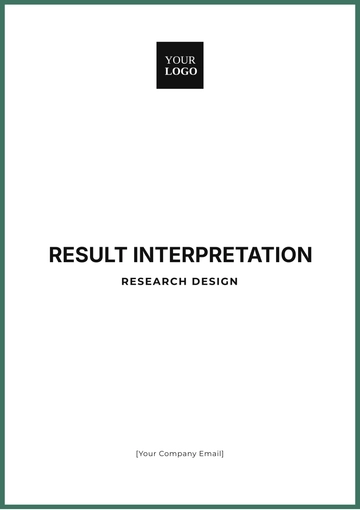Quantitative Research Guide
I. Introduction
A. Overview
This guide serves as a comprehensive resource for conducting quantitative research. It is designed to assist [TARGET AUDIENCE] in understanding the principles, methods, and applications of quantitative research in various fields.
B. Importance of Quantitative Research
II. Profile Information
A. Institution Information
The following details provide pertinent information about [YOUR INSTITUTION/ORGANIZATION], ensuring accessibility and clarity for all stakeholders:
Institution Name: [YOUR INSTITUTION/ORGANIZATION NAME]
Institution Address: [YOUR INSTITUTION/ORGANIZATION ADDRESS]
Institution Website: [YOUR INSTITUTION/ORGANIZATION WEBSITE]
Institution Email: [YOUR INSTITUTION/ORGANIZATION EMAIL]
B. Brand Mission and Goals
At [YOUR INSTITUTION/ORGANIZATION], our mission is to [MISSION STATEMENT]. Our goals include [GOALS].
III. Key Concepts in Quantitative Research
A. Definition of Quantitative Research
B. Research Design
C. Sampling Methods
D. Data Collection Instruments
Introduction to commonly used data collection tools [DATA COLLECTION INSTRUMENTS].
Considerations for designing effective data collection instruments, including reliability and validity.
E. Data Analysis Techniques
IV. Conducting Quantitative Research
A. Formulating Research Questions and Hypotheses
Guidelines for developing clear, focused research questions and hypotheses.
Examples of well-structured research questions and hypotheses.
B. Designing Research Studies
Steps involved in designing a quantitative research study, including protocol development, participant recruitment, and data collection procedures.
Importance of ethical considerations in research design and participant recruitment.
C. Data Collection
D. Data Analysis
Step-by-step guide to data analysis, including data cleaning, coding, and statistical analysis.
Interpretation of statistical findings and drawing conclusions.
V. Reporting and Presenting Results
A. Writing Research Reports
Structure and components of a research report (abstract, introduction, methods, results, discussion).
Guidelines for writing clear, concise, and logically organized research reports.
B. Creating Visualizations
Tips for creating effective data visualizations (graphs, charts, tables).
Selection of appropriate visualization types based on data characteristics and research objectives.
VI. Resources and Tools
A. Statistical Software
B. Research Databases
VII. Ethical Considerations
A. Research Ethics
Discussion of ethical principles in quantitative research (informed consent, confidentiality, beneficence).
Considerations for ethical approval and oversight of research projects.
B. Data Management and Security
VIII. Conclusion
A. Recap of Key Points
B. Further Learning Opportunities
Suggestions for additional resources, courses, and workshops for furthering knowledge and skills in quantitative research.
Guide Templates @ Template.net


